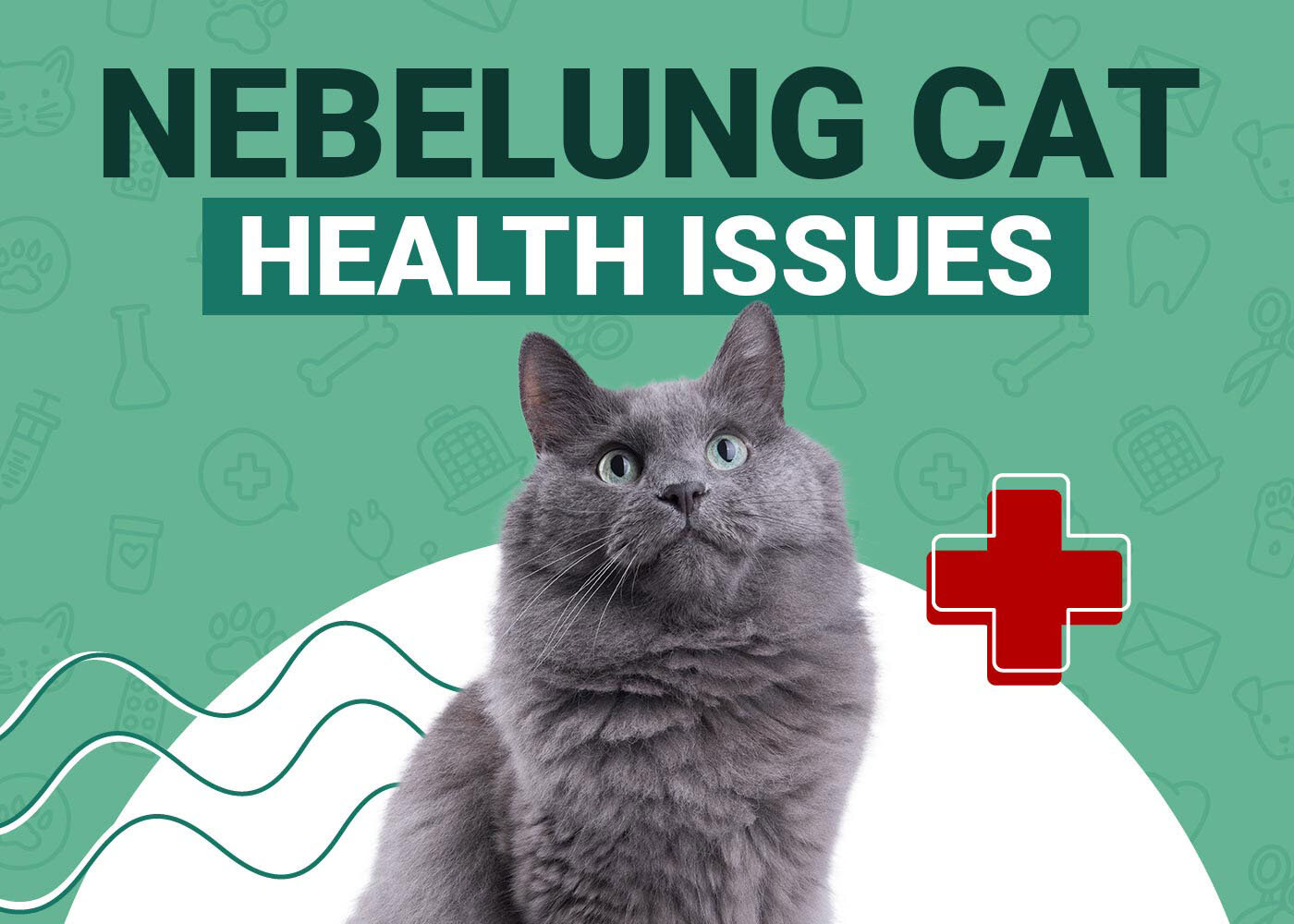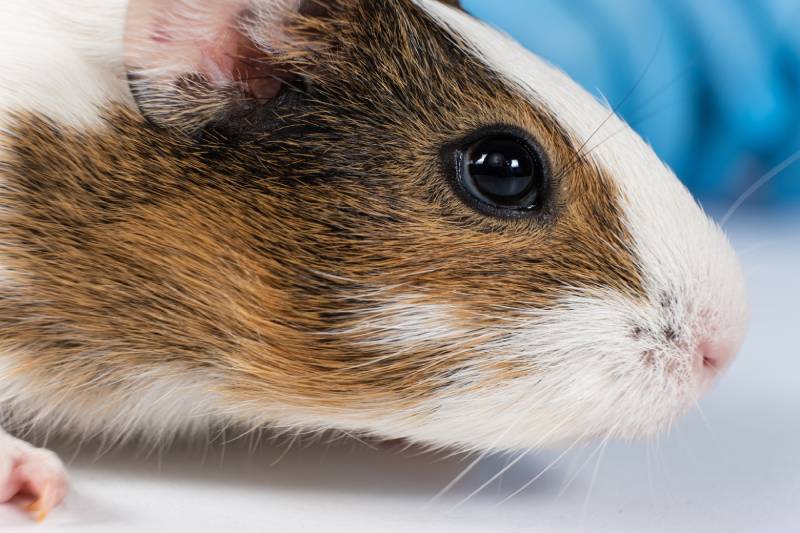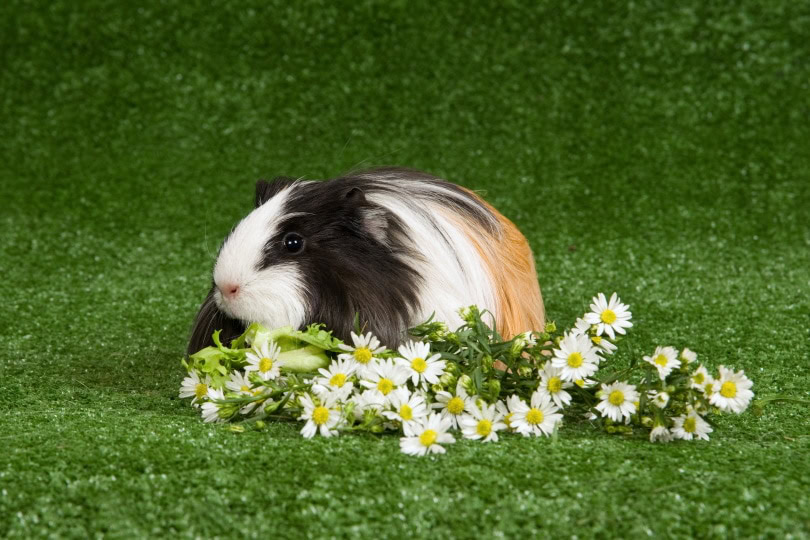VET APPROVED

The information is current and up-to-date in accordance with the latest veterinarian research.
Learn more »If you have your eye on a Nebelung cat and are considering bringing one home, it’s an excellent idea to be aware of the potential health problems for this breed. Purebred pets, in particular, can be prone to inherited health conditions, so knowing what to expect and how to be best prepared can be helpful.
The Nebelung is considered one of the top nine healthiest breeds and has no known genetic inherited conditions1. They can still develop illness, and we go through common health problems that the Nebelung cat may develop so you can better understand this beautiful cat.

The 6 Health Problems of Nebelung Cats
1. Obesity
As Nebelungs age, they are more likely to struggle with obesity. They can be rather fussy about their food but are prone to overeating if you find something they love.
Obesity can lead to other health problems, so it’s important to keep your cat at a healthy weight. Change to food designed for indoor cats (also meant for overweight cats), and go easy on the treats.
Also, spend more time playing with your cat; extra exercise can go a long way.
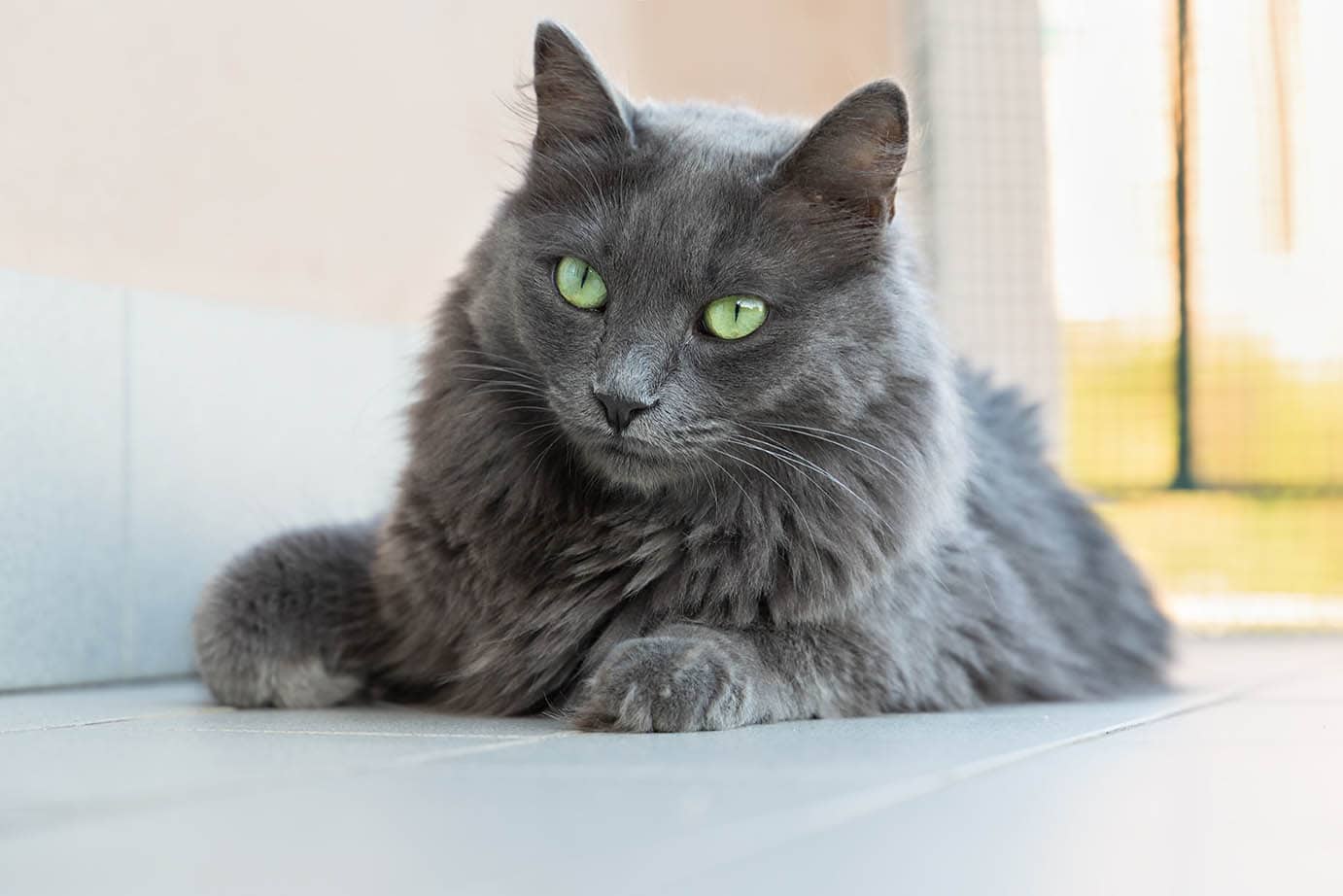
2. Vomiting
Vomiting is a symptom of many conditions, or it could be a reaction to something that was eaten. There are many reasons a cat might be vomiting, so if it isn’t hairballs and your cat is throwing up excessively, a visit to the vet is merited.
3. Bladder Stones
The Nebelung shares ancestry with the Russian Blue, a breed prone to bladder stones. There is no guarantee that the Nebelung will end up with bladder stones, but this shows that knowing the background and origins of a breed can make you more aware of potential problems so that you can get your cat to the vet sooner.
The most common signs of bladder stones are the cat frequently straining to urinate and blood in the urine. This can be an emergency; if you suspect your cat cannot pass urine, you need to go immediately to your vet or an emergency clinic.
4. Hyperthyroidism
Hyperthyroidism is one of the most common diseases that can affect cats. It tends to show up when the cat gets older, with the average age for a diagnosis being 13.
So, while the Nebelung isn’t predisposed to hyperthyroidism, being an older cat could be enough. There are multiple symptoms, including poor coat and body condition, weight loss, vomiting, diarrhea, and ravenous appetite.
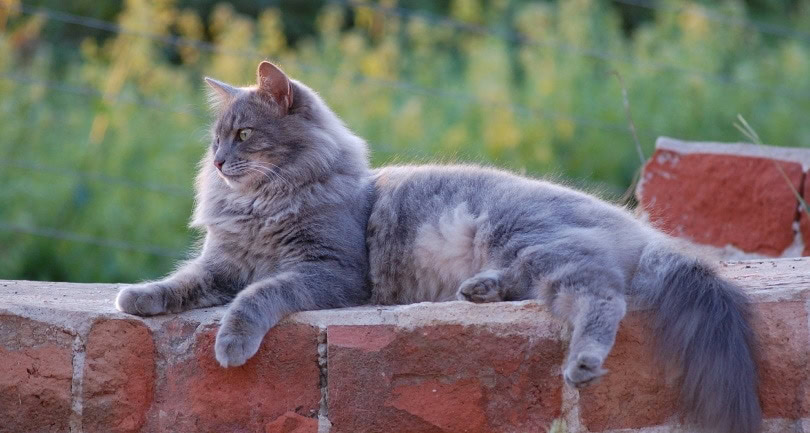
5. Kidney Failure
Kidney failure is a common ailment that plagues many cats as they age. It might stem from kidney disease, urinary blockage, and kidney infections, as well as hereditary factors.
Symptoms include lethargy, diarrhea, constipation, increased thirst, weight loss, depression, and frequent urination.
6. Periodontal Disease
Periodontal disease is common among cats. Brushing your cat’s teeth frequently can help prevent this disease. If your cat does have periodontal disease and it proceeds without treatment, your cat will be in a great deal of pain, and sometimes the infected teeth will need to be removed.

A Little Bit About the Nebelung
While it’s possible that the Nebelung could end up with one or more of these conditions, there’s also a good chance that they won’t.
That said, the Nebelung is a relatively new breed of cat (1980s), so there hasn’t been much time to track any possible inherited conditions.
Another reason that these cats are considered a healthy breed is that they are known to live long lives. It’s not unheard of for them to live an average of 18 years or more.
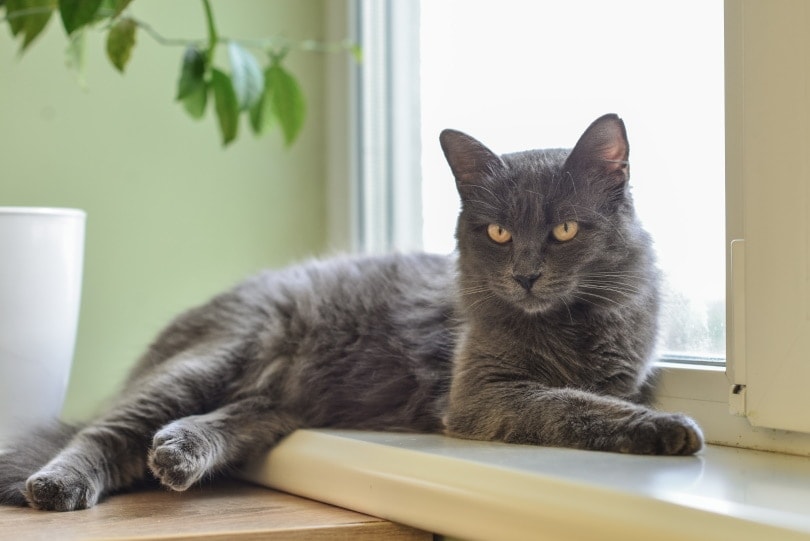

Conclusion
There’s every chance your Nebelung cat will live a long and happy life. You can help ensure this by keeping them healthy, paying attention to vaccination and parasite control recommendations, and visiting the vet for regular checkups. They might end up with another condition not mentioned here, but these are common problems in cat populations in general and are useful to be aware of.
This is all part of owning a pet — but they are a joy and worth all the effort we spend on them.
- https://www.petmd.com/cat/conditions/digestive/c_ct_obesity
- https://www.petmd.com/cat/emergency/common-emergencies/e_ct_vomiting
- https://vcacanada.com/know-your-pet/bladder-stones-in-cats
- https://www.petmd.com/cat/conditions/endocrine/c_ct_hyperthyroidism
- https://www.petmd.com/cat/conditions/urinary/c_ct_renal_failure_chronic
- https://www.petmd.com/cat/conditions/mouth/c_ct_periodontal_disease
Featured Image Credit: Juice Flair, Shutterstock
